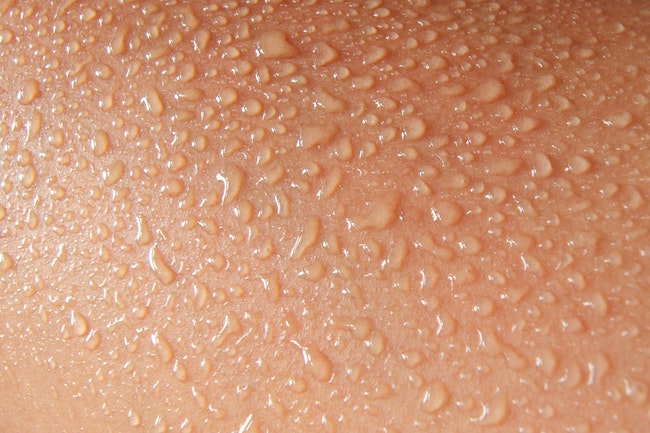
I have heard from many readers that they are spending more time in their gardens this spring. Let’s face it, this is a stressful time for many; jobs lost, missing out on school and family events. Our gardens are often a wonderful refuge from life’s stresses, and we get extra Vitamin D to boot! With this additional time outside, I’m sure you are taking care of your skin, reading the labels on your sunscreen and other body-care products … or not? Here are helpful tips to review as we focus on enjoying our time outside and take the best care of our skin as we work and play.
Many of us buy our body-care products based on what the advertisers tell us, how nice a lotion makes us smell, the way we look in the mirror when use that product. I suggest we all educate ourselves and always read the labels, and as is often said in Latin, “caveat emptor” or “buyer beware.”
As taxpayers we would like to believe that the FDA (Food and Drug Administration) “has our back” and would not allow any potentially harmful ingredients into our body-care products. Research tells us that is not necessarily the case.
According to the Environmental Working Group (ewg.org), of the over 10,000 body-care products in the North American market an estimated 99% contain one or more ingredients that have never been evaluated for safety! Did you know that if a body-care product is marked ”For Professional Use Only,” harmful chemicals are not required to be listed on the label? There is actually no required testing to prove that a product is “Hypoallergenic,” and many harmful chemicals not intentionally included in a product are not listed on the ingredient label.
Our skin is our largest organ. When we exercise our skin performs an important role in detoxification as we perspire. Just as our skin assists in removing toxins from our bodies it is also an entryway into our bodies of toxins around us.
Many of you have used a medication that is used topically to take advantage of the skin’s ability to absorb ingredients, so what we put on our skin is important.
Here is a list of a few ingredients commonly found in body-care products (but not in products at most health food stores) and why we should avoid products that contain them:
Parabens: A heavily used preservatives implicated in cancer because of their hormone disrupting qualities.
Mineral Oil: A petroleum product that clogs the pores, creating a build-up of toxins.
Sodium Laurel Sulfate: Found in 90% of body-care products that when combined with other chemicals become a nitrosamine – a potential carcinogen.
Acrylamide: Found in many facial creams and linked to breast tumors.
Propylene glycol: A common moisturizer that can cause dermatitis, irritate skin, and is linked to kidney and liver issues.
Phenol carbolic acid: An ingredient in many lotions and creams that can cause circulatory collapse, paralysis, and even death from respiratory failure.
Dioxane: Part of PEG, which is found in many products that is a carcinogen, and particularly toxic to the nasal passages, making facial products with this item harmful.
Toluene: A poisonous ingredient made from petroleum, with chronic exposure being linked to anemia, lowered blood cell count, liver, and kidney damage.
I suggest you take this page into your bathroom and look through your cabinets and read the ingredients and dispose of products containing any of them.
There are many products available without harmful ingredients, listed in this Safety Guide on the Environmental Working Group’s (EWG) website cosmeticsdatabase.com. As the saying goes, “we are what we eat,” and remember, we are also “what we wear or spread on our skin.” Caveat emptor!
Yaakov is a Functional Nutritional Therapy Practitioner. Reach him at [email protected].







